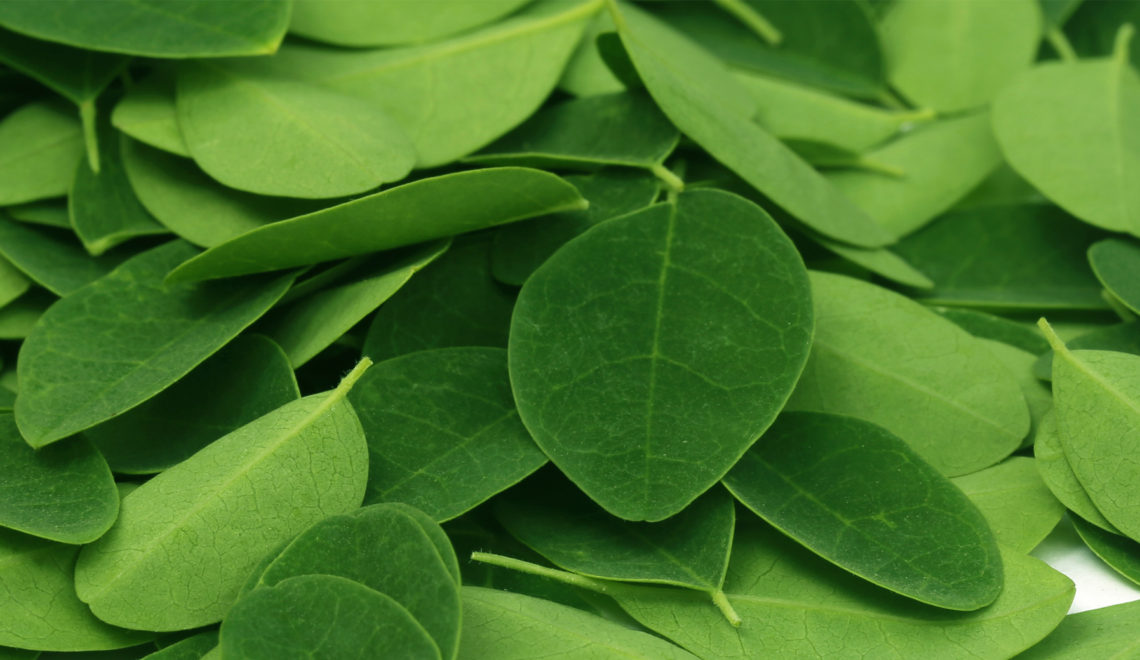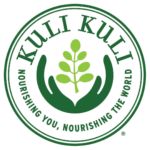
Safety in the Food Industry
Over the past 5-15 years there has been increasing awareness and concern among consumers about food’s role in health. A greater population wants to know where the food they are consuming is coming from and the quality controls in place to insure safety and sustainable practices. This interest has, in a major way, began to create transparency in a food system currently muddled with smoke and mirrors and more questions than answers.
Without consumer demand for transparency there is much less drive for the food industry to provide it. However, now the tides are beginning to turn as consumer interest for health, sustainability, and safety reach an all time high. We are reaching an exciting and powerful time where we can all truly better understand the health, social, and economic impact of the current state of our food system.
Sustainably Sourced
Since the beginning, Kuli Kuli has aimed to provide nutritious, healthy, and safe moringa products by sourcing from sustainable supply chains and making clear to the consumer exactly what they are putting into their bodies. We believe that the summation of companies in the food industry striving to offer these intangibles to consumers will help further catalyze a responsible shift in our current food system. However, what’s most important to us is to not merely advocate for these values but to lead by example and demonstrate them in our business practices. The most effective way to do this is to be honest and straightforward in communication whenever a question or concern may arise along the way
Moringa: Safe to consume?
Recently it had come to our attention that a popular online health resource had listed moringa as ‘Possibly Safe’ when taken orally– stating that there wasn’t enough scientific information to delegate moringa as safe for consumption. The theoretical negatives of moringa in the article are in reference to parts of the moringa such as the bark, seeds, and pods, rather than the leaves.
Even so, the information used to support these warnings is rather inconclusive. In addressing this, it is first important to note that when Kuli Kuli refers to moringa, we are referring to the leaves, which are dried, powdered, and incorporated into our products. Moringa leaves, while being relatively new to western markets, have been used as a food staple in many countries for hundreds of years. The fact that moringa has been used as common food staple in countries such as India, The Philippines, Malaysia (1), and several other pan-tropical nations is an important indicator of the safety of Moringa leaves.
When it comes to the science behind the safety of Moringa oleifera there is actually a hefty amount of scientific research that confirms moringa as safe for human consumption. Studies have also observed and determined the toxicology and safety of Moringa leaves (2, 3, 4). Lastly, the vast amount of literature not only recognizes the safety of Moringa leaves but actually recommends moringa usage to enhance nutrition.
Articles published by Journal of Ecology of Food and Nutrition (5), the Bulletin of Medico-Ethno-Botanical Research(6), and Chronicle of Young Scientists (7) are all samples of respected sources recommending the addition of moringa to the diet, especially as a way to fight malnutrition.
When questioning the safety of the nutrient dense leaves used in Kuli Kuli’s moringa powder and bars, we can draw support from the fact that moringa leaves have been consumed safely by many cultures for centuries, research on the toxicological safety of moringa in the diet, as well as a good amount of research on the recommendation to use Moringa leaves to improve dietary health and fight malnutrition.
Citations:
- Juliani, H. Rodolfo. “Moringa (Moringa Oleifera): A Source of Food and Nutrition, Medicine and Industrial Products.” African Natural Plant Products;: Discoveries and Challenges in Chemistry, Health, and Nutrition. Washington: Amer Chemical Society, 2014. N. pag. 469-484 Print.
- Awodele, O., Oreagba, I. A., Odoma, S., Teixeira da Silva, J. A., & Osunkalu, V. O. (2012). Toxicological evaluation of the aqueous leaf extract of< i> Moringa oleifera</i> Lam.(Moringaceae). Journal of ethnopharmacology, 139(2), 330-336.
- Juliani, H. Rodolfo. “Moringa (Moringa Oleifera): A Source of Food and Nutrition, Medicine and Industrial Products.” African Natural Plant Products;: Discoveries and Challenges in Chemistry, Health, and Nutrition. Washington: Amer Chemical Society, 2014. N. pag. 469-484 Print.
- Makkar, H. P. S., and K. Becker. “Nutrional value and antinutritional components of whole and ethanol extracted< i> Moringa oleifera</i> leaves.”Animal feed science and technology 63.1 (1996): 211-228.
- Thurber, Melanie D., and Jed W. Fahey. “Adoption of Moringa oleifera to combat under-nutrition viewed through the lens of the “diffusion of innovations” theory.” Ecology of food and nutrition 48.3 (2009): 212-225.
- Dhar, Bishnupriya, and O. P. Gupta. “Nutritional value of Shigru (Moringa oleifera Lam.).” Bull Med Ethnobot Res 3.2-4 (1982): 280-8.
- Dhakar RC, Maurya SD, Pooniya BK, Bairwa N, Gupta M, Sanwarmal. Moringa : The herbal gold to combat malnutrition. Chron Young Sci 2011;2:119-25







